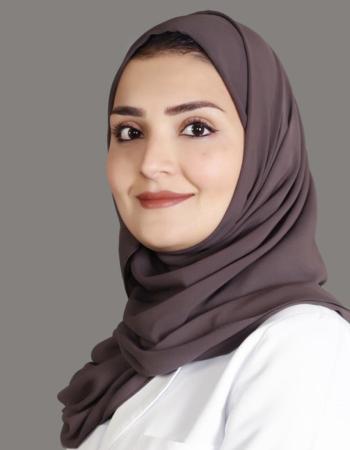The patterns of children poisoning cases in community teaching hospital in Riyadh, Saudi Arabia
Introduction
Although the majority of poisoning-related cases can be managed in home settings, reduction of hospital visits and admissions are still important challenge. Thousands of interventions are involved and the appropriate management of poisoning is therefore a major task and burden to any institution. Therefore, the present study was aimed to identify the most common classes of toxic substances and route of poisoning in children and to investigate the pattern of drug and chemical poisoning in suspected case fatalities, the subsequent need for hospital admission and arrival time to hospital.
Methods
A retrospective cross-sectional descriptive study of all registered poisoning cases of children reported to drug and poison information center at King Khaled University Hospital Riyadh, Saudi Arabia during the period of January 2010–December 2016.
Results
A total of 735 children presented to Pediatric Emergency Medicine with poisoning. Most of the cases were asymptomatic, and majority of children were arrived to the hospital in less than 3 h. The drugs were the most common cause of poisoning (70%) followed by chemical materials (29%), which is more common in children under 2 years comparing to other groups (p < 0.001). The route of poisoning was oral in the majority of cases (98.8%). The drugs most frequently ingested were analgesic (18.8%). Among the chemicals, pesticide products involved in (39.6%) of the cases, followed by cleaning products (25.9%) and cosmetic(22.8%).
Conclusion
The results found that the majority of poisoning cases occurred in children under the age of six and required only observation without treatment. These results necessitate the need for close cooperation between different governmental health-sectors to establish national epidemiological surveillance of poisoning events in Saudi Arabia to help to develop national plans to decrease the financial burden of emergency department congestion and hospital crowding.

Animal and human studies have reported conflicting results on the relationship between circulating
trimethylamine N-oxide (TMAO) levels and risk of Type 2 diabetes (T2D). This study aimed…

